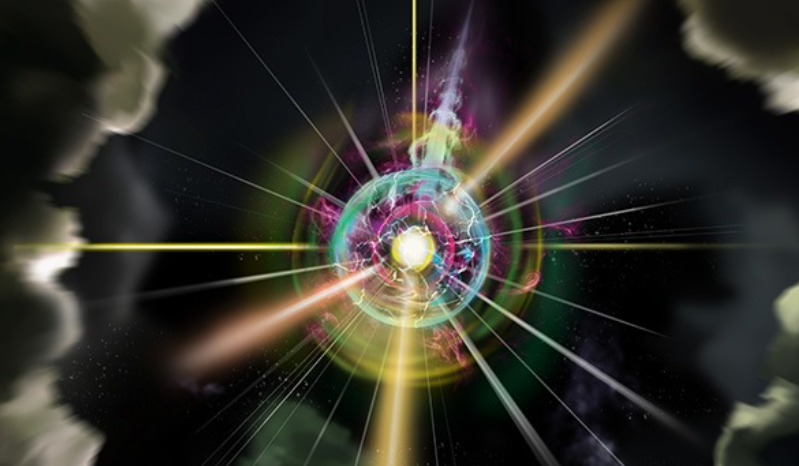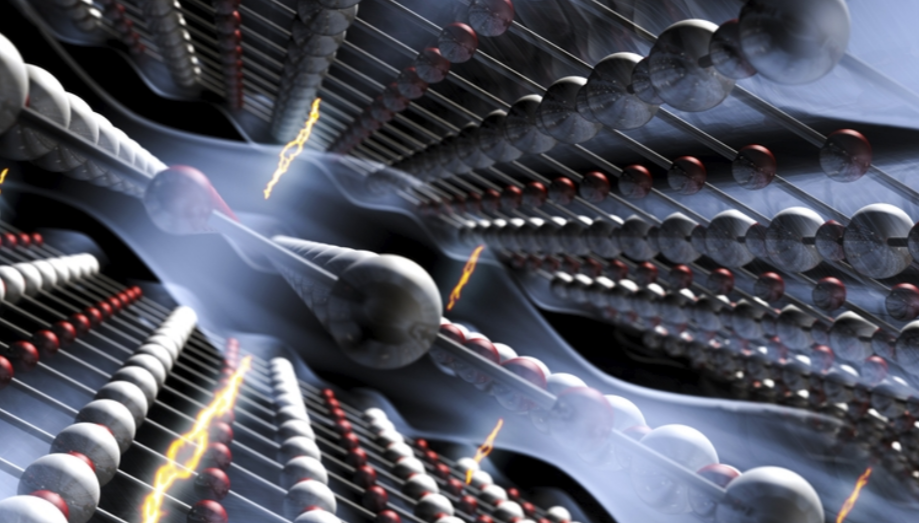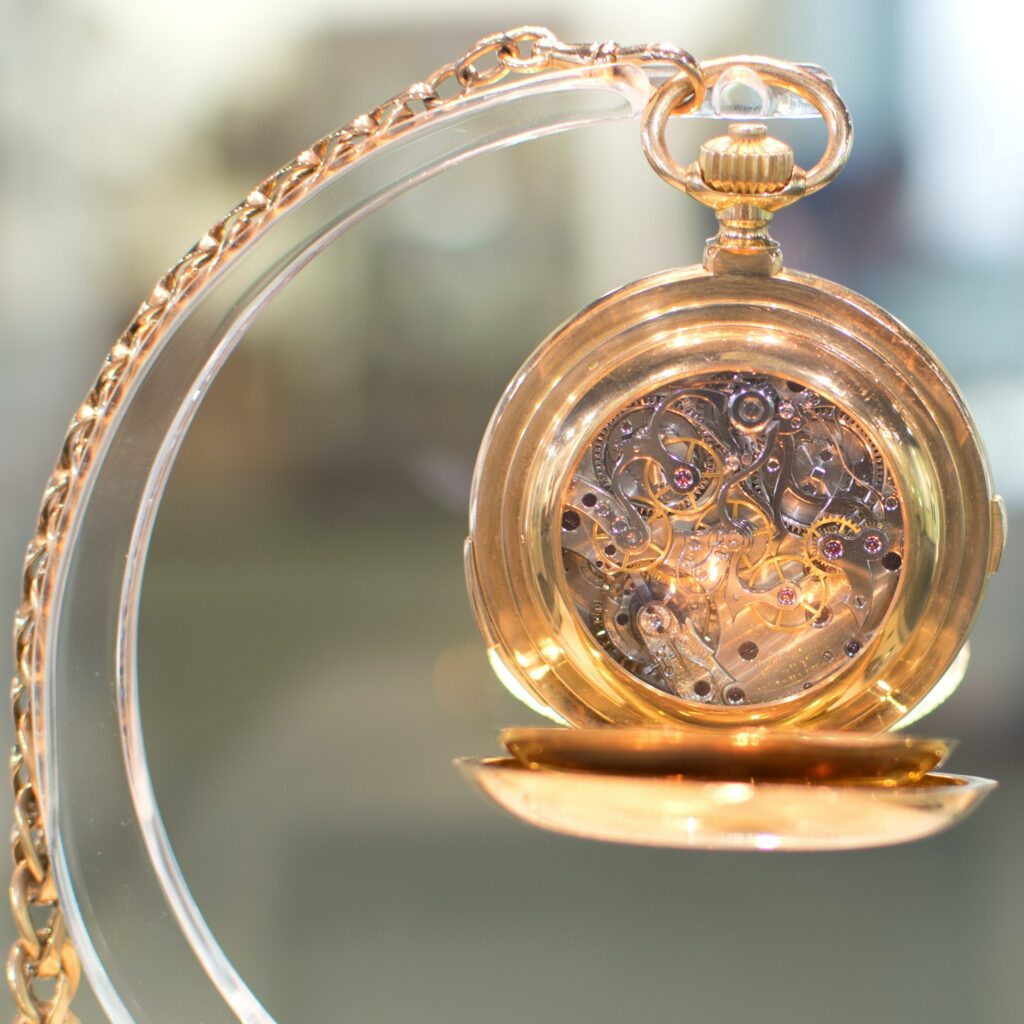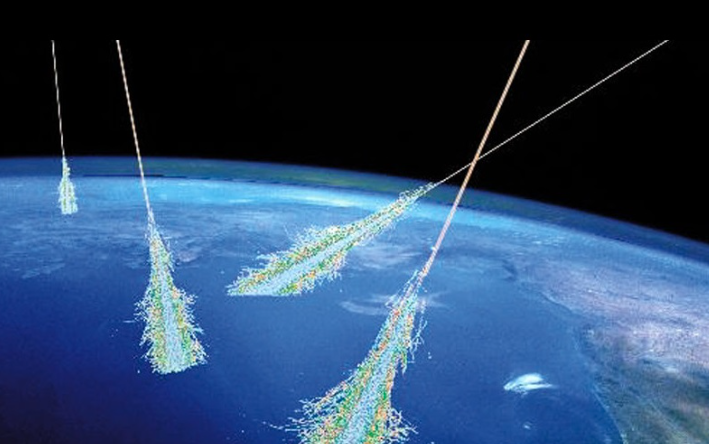When atoms party, a magnet emerges

Hello, STEAM enthusiasts! Today we will dive into the fascinating world of quantum materials and how they are shaping the future of ultrafast information and energy efficiency. Who said science can’t have a touch of magic? Well, we know that atoms are like shy dancers at a party, but it turns out, they also know how to rock the dance floor! A group of scientists at Rice University set out to explore how to make these atoms move in circles and, surprise, they succeeded in turning a rare earth crystal into a magnet. How? With a corkscrew-like vibration called chiral phonon. Sounds like a party, doesn’t it?
It turns out that when cerium fluoride was exposed to ultrafast pulses of light, the atoms began to do a dance that activated the electron spins. Translation? The atoms started spinning and the electrons aligned themselves with that motion, imagine the electrons as little compasses dancing to the rhythm of the atomic music. Boris Yakobson, the magician behind this trick, tells us that normally we would need a powerful magnetic field to achieve this, but here, the chiral dance of the atoms does all the heavy lifting. A party without wires! But, be warned, this spin-aligning force lasts longer than a bad joke, and that’s saying a lot! Although the effect is fleeting, it is longer lasting than the pulse of light that triggered it, it is as if the dance floor continues to vibrate after the music stops.


Let’s talk about the funny fact here, electrons, being lighter and faster than atoms, generally adapt to new positions without problems; but it turns out that when atoms decide to do the conga, electrons take their time to keep up. Time reversal symmetry is broken, and physics throws us a cosmic wink, so why should we care about all this atomic motion? Well, it turns out that this dance is not just for entertainment, spin-phonon coupling, that fascinating phenomenon, has practical applications, as in writing data to a hard disk. The scientists here are basically teaching us the step to design magnetic and quantum materials that do not exist in nature. Innovation on the quantum dance floor! In short, friends, atoms are partying, dancing and lining up electrons, science never ceases to amaze us, does it? Let’s stay tuned for what these scientists have in store for the next quantum world hit. Until next time, dancers of science!





Responses